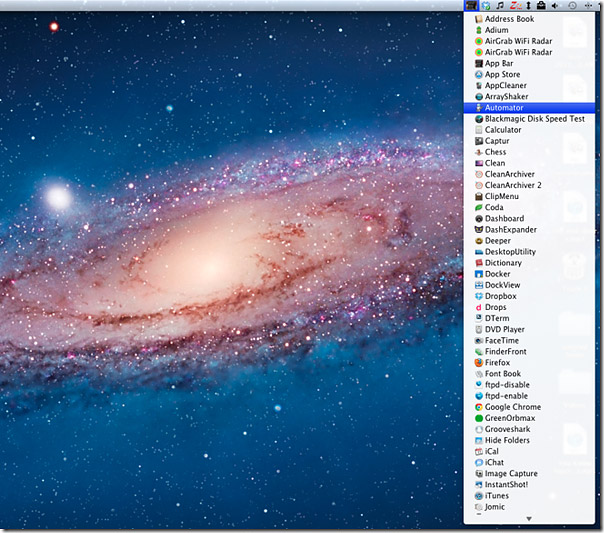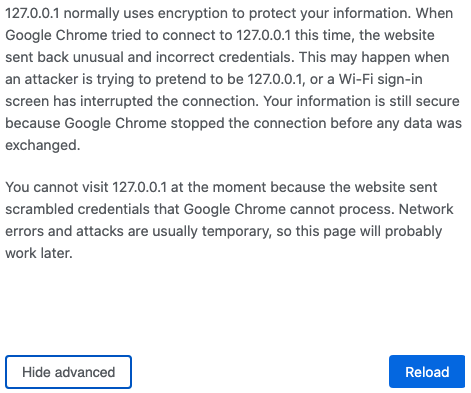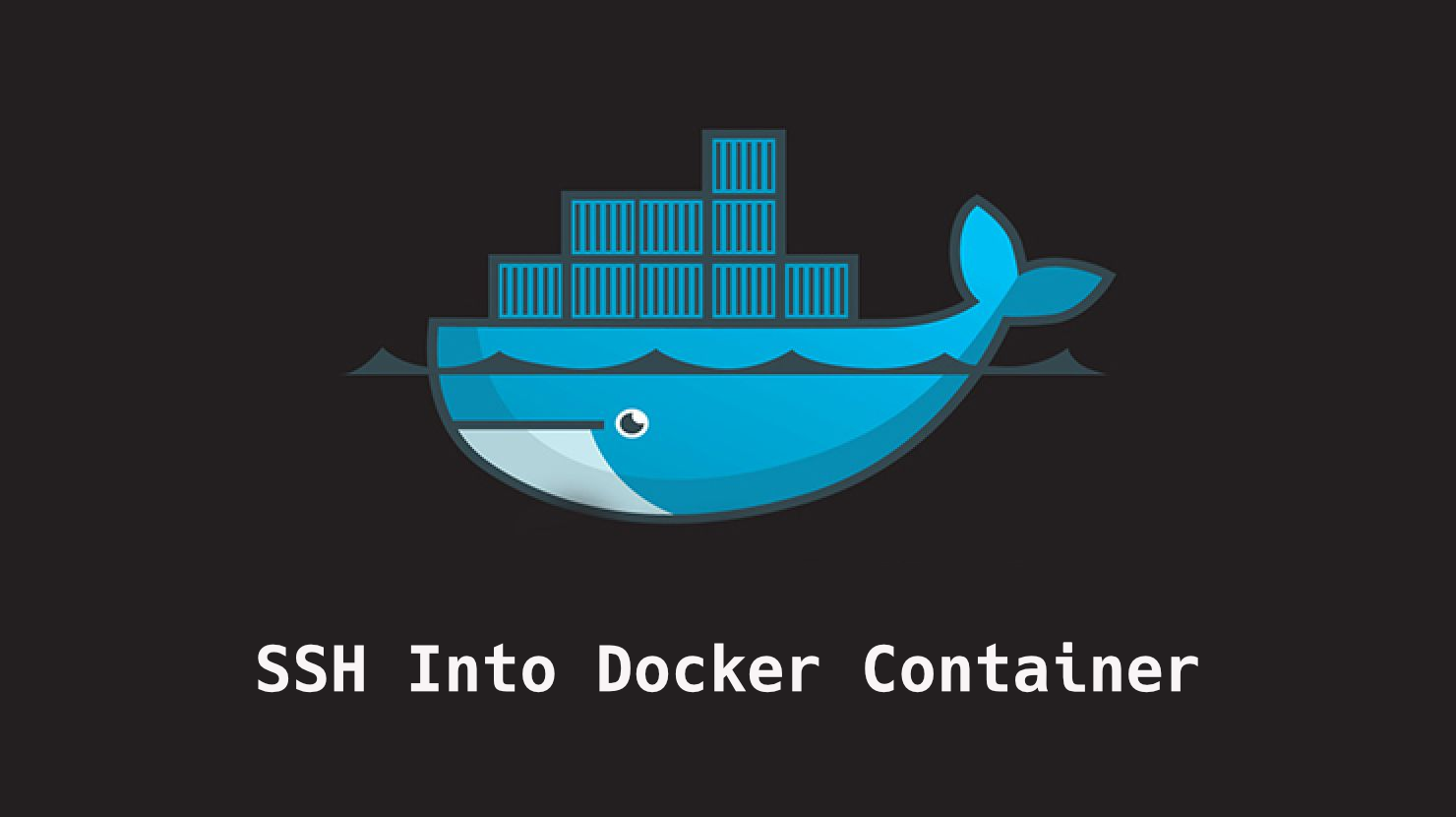

We’ll be using Homebrew to install pretty much everything we need.Ĭask: Cask extends Homebrew and is aimed at delivering the Homebrew experience for GUI apps and large binaries. If you’re not using Homebrew yet, you should be ashamed of yourself (and start using it). However, if you just want to do it for sh*ts & giggles, let’s fire up some GUI containers on our Macs! Set up your Mac: install stuff Install Linux, read Jessica’s blog, and have fun. If you’re serious about running GUI apps in a container, don’t run OSX.

You need to use docker-machine which creates a (small!!) VM for you that actually runs your containers.

#CHROME DOCKER MAC OS X HOW TO#
This blog shows you how it works, what doesn’t work, and how to do it. Or make your own, or use one of the numerous icon sites - I like Easyicon.BWC: GUI apps in Docker on OSX ←Home About Subscribe BWC: GUI apps in Docker on OSX Running GUI apps inside Docker containers on your Mac, just because we can. The chrome avatars which you may already be used to are located under "~/Library/Application Support/Google/Chrome/Avatars" - avatar_ninja.png etc. It will ask if you want'Įcho ' to set Chrome as default this applies to that instance of chrome.'Įcho ' Choosy - works great with this!'įor icons, you can use any PNG (or probably many other formats). In that case,'Įcho 'close all instances, then open the "normal" Chrome, add profile, close, and'Įcho 'Note: when you launch first time you will get "Welcome to Google Chrome"'Įcho ' dialog box. DO NOT pin the app-area'Įcho ' Chrome icon(s) to the app area of the dock! DO NOT run "normal" Chrome!'Įcho 'The only exception to (3) is if you need to add a new profile. BE SURE to only open Chrome via this stack. Right click on the stack and select "List" for easy viewing.'Įcho ' Also select "Display as Folder" and give the folder a nice icon.'Įcho '3. From the finder, drag the "Chrome-Launchers" folder to the stacks area'Įcho ' of the dock.
#CHROME DOCKER MAC OS X MAC OS X#
Add (identical) icons of your choice to each pair of profile Launchers'Įcho ' / Runtimes in the folder ~/Library/Application Support/Google/Chrome/'Įcho ' cdi-chrome-multiple-profile-instances-in-dock-with-different-icons.d'Įcho ' (google for numerous guides on how to change mac os x app icons)'Įcho '2. Test -d "$LAUNCHERS/$SHIM" || osacompile -o "$LAUNCHERS/$SHIM" $TXTĮcho 'Done with automated portion. # To check: defaults read ~/Library/Preferences/ app-bindingsĮcho -n "/Users/$USER/Library/Application\\\\ Support/Google/Chrome/$RUNTIMES/$APP/Contents/MacOS/Google\\\\ Chrome -user-data-dir=/Users/$USER/Library/Application\\\\ Support/Google/Chrome/$LINK" > $TXT #plutil -replace KSProductID -string "cdi.$UUID" - "$RUNTIMES/$APP/Contents/ist" #plutil -replace CFBundleDisplayName -string "$UUID" - "$RUNTIMES/$APP/Contents/ist" #plutil -replace CFBundleName -string "$UUID" - "$RUNTIMES/$APP/Contents/ist"

#plutil -replace CFBundleIdentifier -string "cdi.$UUID" - "$RUNTIMES/$APP/Contents/ist" PROFILE_DIR="/Users/$USER/Library/Application Support/Google/Chrome/$' | tr | cut -c 1-4,29-32)" Mkdir -p "/Applications/Google Chrome $1.app/Contents/MacOS"į="/Applications/Google Chrome $1.app/Contents/MacOS/Google Chrome $1" It comes from this site, I copy and paste for readers' convenience: #!/bin/bash You can create that second application by running the following script. For having two Chrome running at the same time you need to create a second runnable Google Chrome App.


 0 kommentar(er)
0 kommentar(er)
